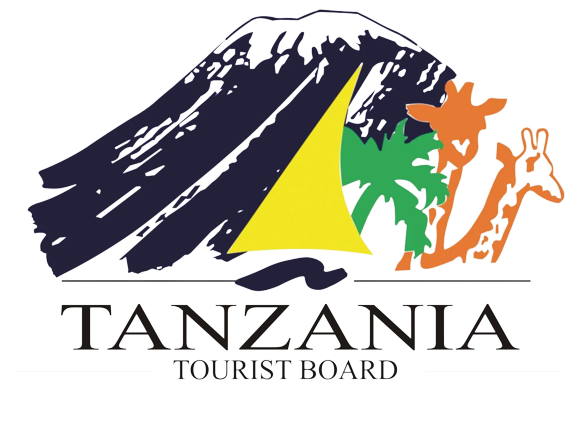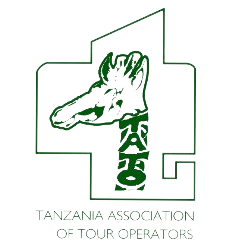Conquering Mount Kilimanjaro is a remarkable achievement and an unforgettable adventure. The Shira Route is one of the popular routes to reach the summit of Kilimanjaro, offering breathtaking scenery and diverse landscapes. Here’s an overview of the 6-day Shira Route adventure:
You will arrive in Tanzania at Kilimanjaro International Airport and be transferred to your hotel in Moshi or Arusha. In the evening, you'll meet your guide and fellow trekkers for a briefing and equipment check. Overnight stay in a hotel.
After breakfast, you'll be driven to the starting point of the Shira Route, around 3,500 meters above sea level. The trek begins through the rainforest, gradually ascending to the moorland zone. You'll hike for approximately 4-5 hours before reaching the Shira 2 Camp, where you'll spend the night.
Today, you'll ascend to Lava Tower at 4,600 meters, which provides fantastic views of the surrounding landscape. This helps with acclimatization before descending to Barranco Camp at 3,950 meters. The trek takes around 6-7 hours, and you'll pass through diverse terrain and the impressive Barranco Wall.
From Barranco Camp, you'll begin the day by climbing the Barranco Wall, which requires some scrambling. The route then traverses the alpine desert, offering spectacular views of the summit. After about 4-5 hours of trekking, you'll reach Karanga Camp, situated at 4,000 meters.
The trek continues towards Barafu Camp, located at an altitude of 4,600 meters. You'll ascend through the rocky and barren landscape, known as the lunar desert. This day's hike takes approximately 3-4 hours, allowing you to rest and prepare for the summit push the next day.
The most challenging day of the trek begins at midnight. You'll embark on a steep ascent in the darkness, aiming to reach the summit, Uhuru Peak, at 5,895 meters. The trek can take around 6-8 hours and requires strong determination and endurance. Once at the summit, you'll witness an awe-inspiring sunrise before descending to Mweka Camp, located at 3,100 meters, where you'll spend the night.
The final day involves a descent through the rainforest to Mweka Gate. You'll receive your summit certificates and celebrate your accomplishment before being transferred back to your hotel in Moshi or Arusha. You can rest, reflect on your journey, and prepare for your departure the next day. Please note that the itinerary may vary depending on the tour operator and specific circumstances. It's crucial to choose a reputable tour company that prioritizes safety, provides experienced guides, and takes proper care of the environment. Additionally, adequate physical fitness and acclimatization are essential for a successful and enjoyable Kilimanjaro expedition.
The Kilimanjaro Shira Route typically takes around 6 days to complete, with additional days for arrival and departure. The 6-day trek allows for proper acclimatization and a gradual ascent, increasing the chances of a successful summit.
The Shira Route is considered to be of moderate to high difficulty. It involves long hiking days, varied terrain, and altitude gain. Trekkers should have a good level of physical fitness and be prepared for the challenges of high-altitude trekking.
The best time to do the Kilimanjaro Shira Route is during the dry seasons, which are from January to mid-March and from June to October. These months generally have clearer skies and lower chances of rainfall, providing better visibility and more favorable trekking conditions.
The cost of the Kilimanjaro Shira Route varies depending on various factors such as the tour operator, group size, and inclusions. It typically includes park fees, guide and porter services, accommodation, meals, and equipment. It’s advisable to research different tour operators and compare prices to find the best option that suits your budget and preferences.
Yes, you will need permits to climb Mount Kilimanjaro, regardless of the route chosen. The permits are obtained through a registered tour operator who handles the necessary paperwork on your behalf. The cost of the permits is usually included in the overall package price.
While prior climbing experience is beneficial, it is not mandatory for the Shira Route. However, being physically fit, having experience with multi-day hikes, and being mentally prepared for the challenges of high-altitude trekking will greatly enhance your chances of a successful summit.
Proper gear and equipment are essential for a successful Kilimanjaro trek. This includes warm and waterproof clothing, sturdy hiking boots, a good-quality sleeping bag, a backpack, trekking poles, and other personal items. It’s important to consult with your tour operator or trekking outfitter for a comprehensive gear list tailored to the specific route and conditions.
Altitude sickness can be a concern on any high-altitude trek, including the Kilimanjaro Shira Route. However, the gradual ascent and additional acclimatization day on this route help reduce the risk. It is essential to listen to your body, stay hydrated, and follow the guidance of your guides to minimize the chances of altitude-related illnesses.
Yes, it is possible to combine the Kilimanjaro Shira Route with a safari in the nearby national parks, such as Serengeti or Ngorongoro Crater. Many tour operators offer packages that include both experiences, allowing you to enjoy the best of both worlds and create a comprehensive Tanzanian adventure.
These months offer more favorable weather conditions with less rainfall and clearer skies. The dry seasons provide better visibility, making it easier to appreciate the stunning views along the route.
However, it’s important to note that Kilimanjaro’s weather can be unpredictable, and even during the dry seasons, there can still be occasional showers or clouds. It’s advisable to be prepared for varying weather conditions and fluctuations in temperature as you ascend to higher altitudes.
The trails can become muddy and slippery, making the trek more challenging. Additionally, cloud cover and reduced visibility may impact the overall experience. Therefore, it is recommended to plan your climb during the dry seasons to maximize your chances of a successful and enjoyable trek.
Kilimanjaro, the iconic and majestic mountain in Tanzania, offers several exhilarating routes to reach its summit. Each route presents a unique blend of natural beauty and challenges, catering to different levels of trekkers. From the popular Machame Route with its scenic vistas and diverse landscapes to the quieter and less crowded Rongai Route on the mountain’s north side, there is a route to suit every adventurer. The Marangu Route, known as the “Coca-Cola” route, provides comfortable hut accommodations, while the Lemosho Route showcases the mountain’s untouched wilderness. Whichever route you choose, conquering Kilimanjaro promises an awe-inspiring journey, testing your limits while immersing you in the raw magnificence of one of Africa’s most iconic peaks.





